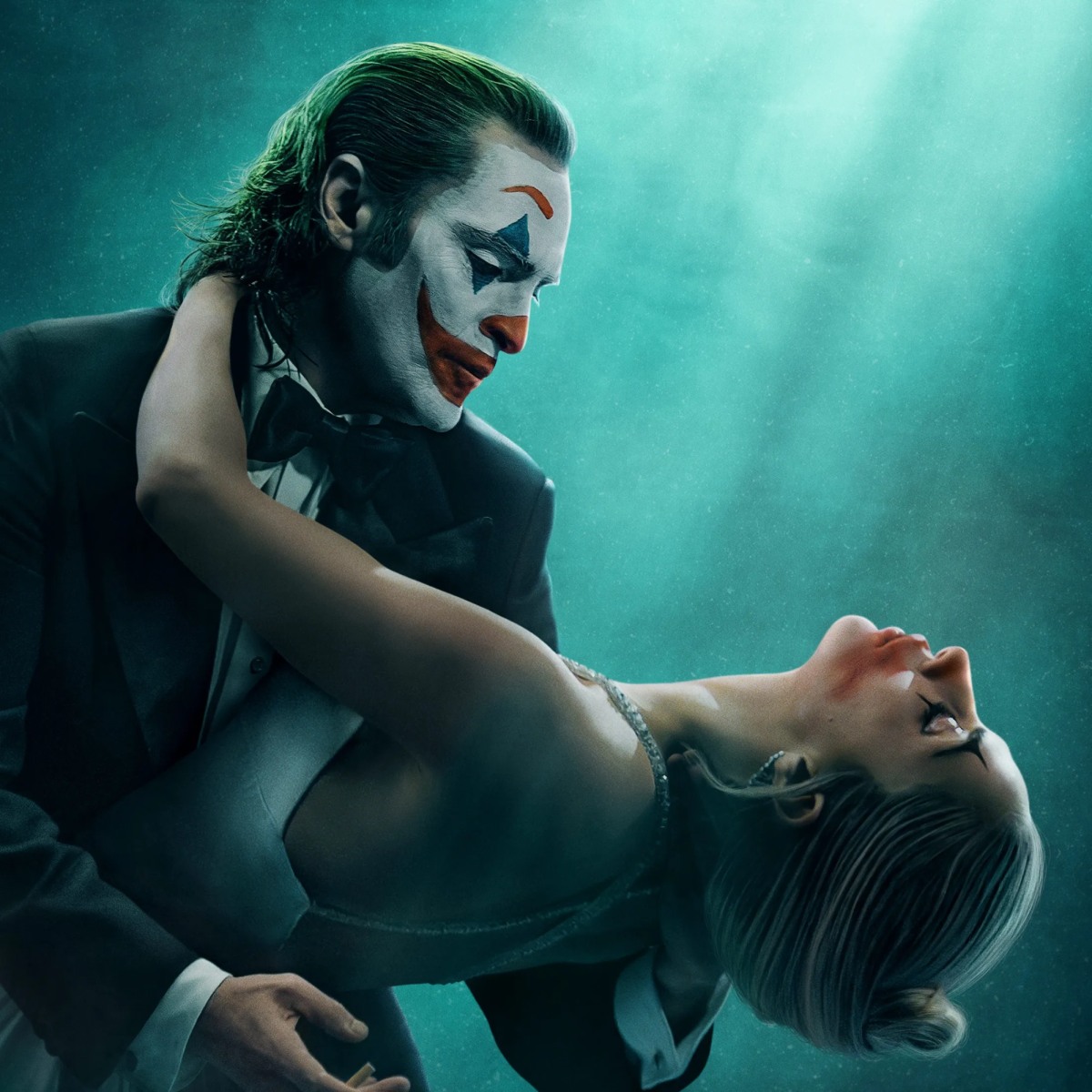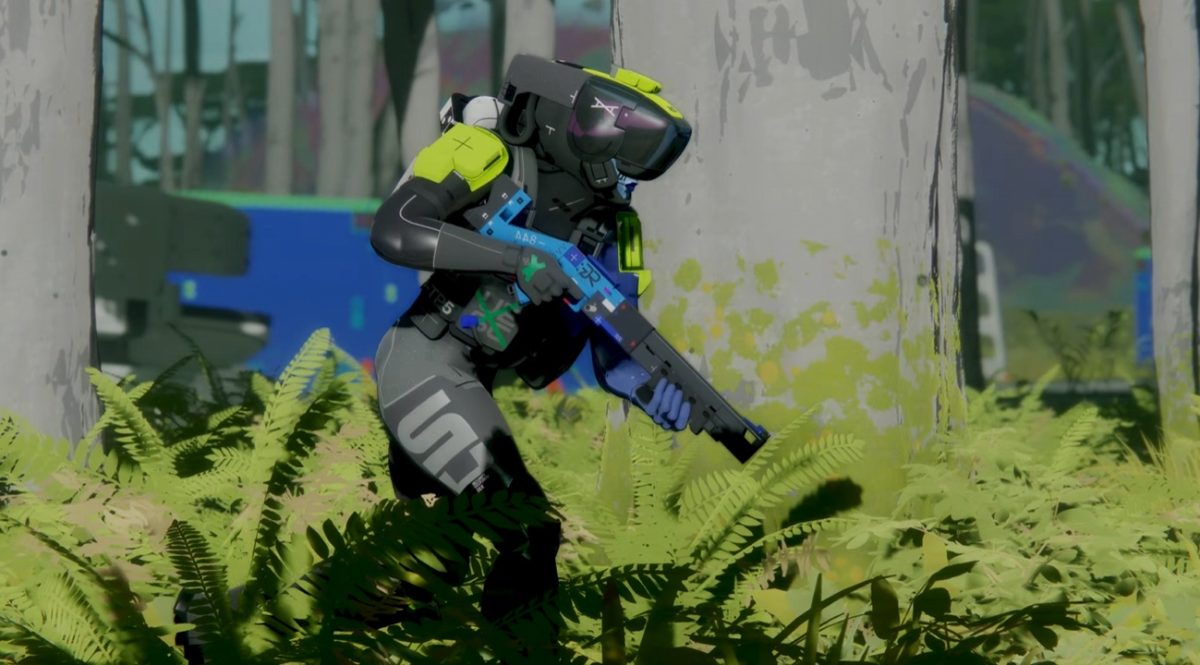Spoiler alert: this review contains spoilers.
“Joker: Folie à Deux” was painfully disappointing. Unfortunately for the sequel, the first movie was phenomenal, setting incredibly high expectations that “Joker: Folie à Deux” fails to meet. The title translates to “madness for two,” implying double the chaos – something this film seriously lacks.
Joaquin Phoenix once again delivers an incredible performance as Arthur Fleck, but it’s a shame the plot doesn’t give him much to work with. The first 45 minutes of the film are spent on exposition, setting up for an eventual climax that never arrives. The tone of exposition lingers throughout, letting viewers have high hopes in the first hour that gradually decrease as it becomes clear that the movie is going nowhere.
Ironically, the trailer’s regard for the plot of the film is misleading. It suggests that Joker and Harley Quinn team up to become a new phenomenon for the lower-class people they represent. The trailer even shows Joker committing a murder, leading viewers to believe Arthur is still actively embracing his Joker persona. However, in the film, Arthur only becomes Joker in imagined fantasies about himself. This movie should have been named “Arthur Fleck: Folie à Deux” because of the complete lack of the Joker character throughout the film. Despite its deeper meanings, the sequel fails to capture the complexities of “Joker.”
Arthur’s calm demeanor in the correctional facility he attends earns him a spot in a singing group, where he meets Lady Gaga’s Harleen “Lee” Quinzel. This film’s portrayal of Harley Quinn was criticized early on for stripping the character of . Lee admits herself to the facility solely to meet Joker. Arthur takes this to heart and becomes the Joker again to appease her. This is the only time we see Arthur portray the Joker in a non-delusional state, but it is wasted, as Arthur quickly confesses that Joker is just a fantasy.
The audience is actually misled throughout the film itself, as a movie titled “Joker” naturally leads people to expect to see the Joker. For the first two hours of this film, Arthur is stripped of everything that makes him Joker and when he finally does embrace the persona, he quickly gives up on it.
With only 18 minutes left, the film’s most thrilling event takes place when the courtroom – in session on Arthur’s case – is blown up by a car bomb. For a brief moment, Arthur is free. However, he is immediately arrested and sent back to jail. This quick turnaround makes the scene the opposite of thrilling.
In the final scene, Arthur receives a visitor. On his way to meet them, he is greeted by a fellow inmate and fan who wants to tell him a joke. The joke alludes to the one Arthur told Murray Franklin before fatally shooting him on live television in the first film. During the punchline, the inmate stabs Arthur multiple times in the gut, killing him.
Arthur’s death was meant to make an impact, but it falls flat due to the movie’s overarching shortcomings. While it’s ironic that Arthur is killed after hearing the same joke he once told before he himself committed murder – a joke that started the Joker sensation – it ultimately feels meaningless. The only good thing about his death is the hope that it squashes the possibility of another sequel. This film, along with its non-traditional take on the iconic characters of Joker and Harley Quinn, is a heaping pile of wasted potential.







